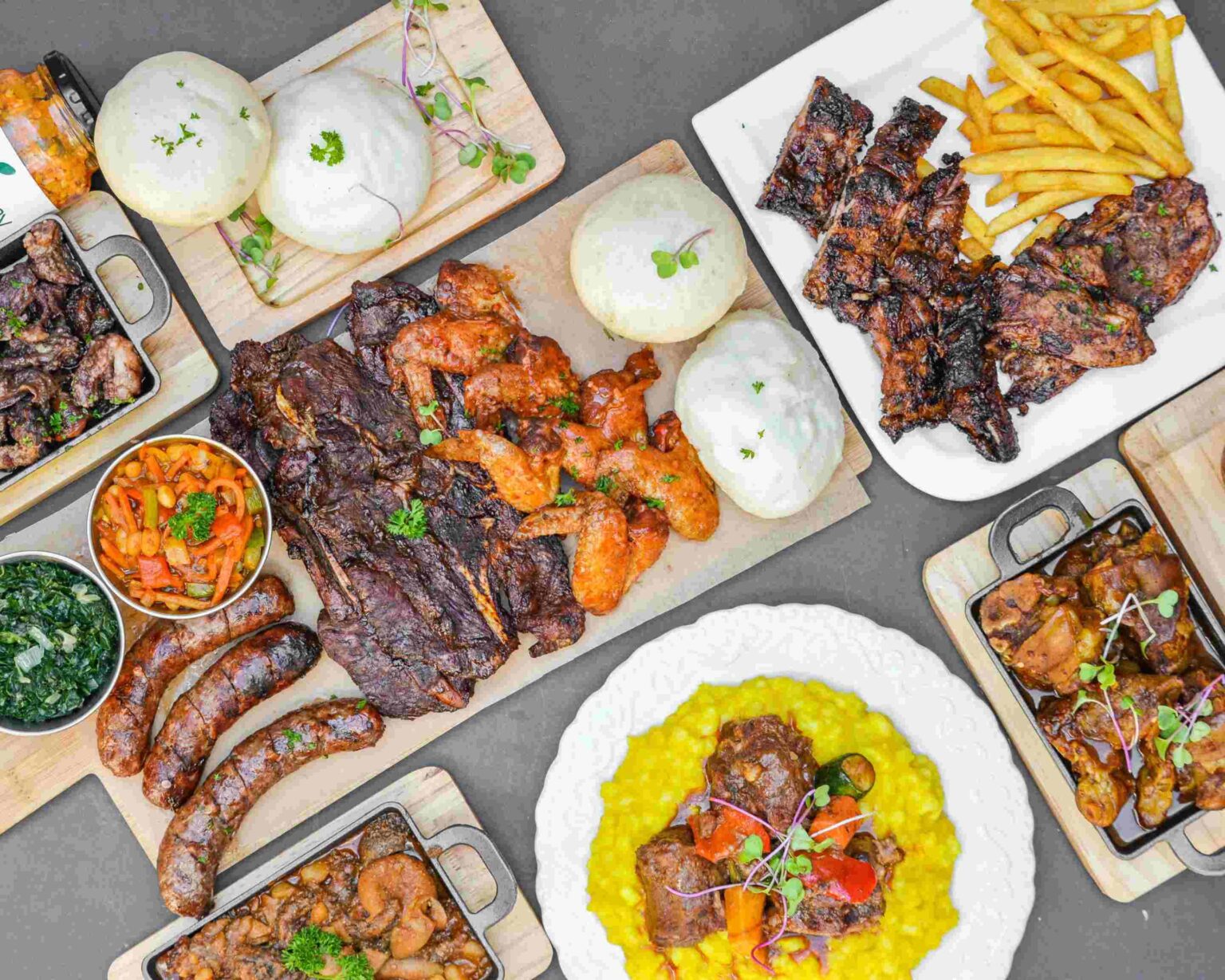Shisanyama has become more than just a meal; it’s a cultural phenomenon embraced by middle-class South Africans. This traditional way of social dining combines grilled meat with a vibrant atmosphere, and it reflects a lifestyle choice that speaks to community, flavor, and the essence of relaxation. In recent years, it has gained popularity among those seeking a blend of casual dining and social engagement.
The Rise of Shisanyama
Shisanyama, translating to “grill meat” in isiZulu, typically involves grilling various meats over an open flame. It is often found at informal eateries, known as “shisanyama spots,” where families and friends gather to enjoy good food. For the middle-class population, these spots have become a preferred dining option, often providing a unique experience that combines the taste of home-cooked meals with the social dynamics of a restaurant.
Social and Economic Impact
The rise of shisanyama has not only transformed dining habits but has also created economic opportunities. Many small business owners have capitalized on this trend, establishing shisanyama venues in urban areas. This growth has provided jobs and fostered local economies, which is crucial in the current economic climate.
For middle-class families, shisanyama offers an affordable dining option. A typical meal can be enjoyed for a fraction of the cost of traditional restaurants, making it accessible for those who may not wish to spend lavishly but still seek quality experiences.
Community and Culture
Shisanyama embodies the spirit of community. It’s not just about the food; it’s about coming together. Families gather to celebrate milestones, and friends meet after a long week to unwind. The ambiance of these eateries often includes live music, friendly chatter, and a lively atmosphere that fosters connection.
This lifestyle resonates deeply with middle-class South Africans, as it reflects a blend of cultural heritage and modern influences. Shisanyama spots often serve traditional side dishes, like pap and chakalaka, bridging the gap between old and new culinary practices.
Conclusion
In summary, shisanyama has evolved into a cherished lifestyle choice for middle-class South Africans. It represents a unique dining experience that emphasizes community, culture, and affordability. As the trend continues to grow, it will likely remain a staple in the culinary landscape of South Africa, uniting people over the shared love of good food and camaraderie.











